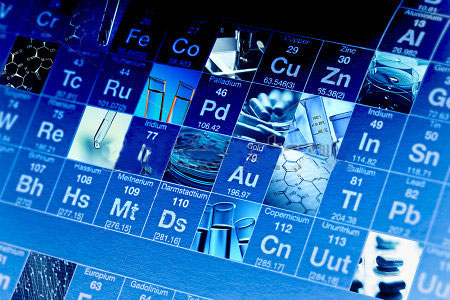 Isotopes : Atoms of the same element can have different numbers of neutrons;
the different possible versions of each element are called isotopes.
Isotopes : Atoms of the same element can have different numbers of neutrons;
the different possible versions of each element are called isotopes. Atoms of the same element differing in mass number are called isotopes. Isotopes are variants of a particular chemical element. While all isotopes of a given element share the same number of protons, each isotope differs from the others in its number of neutrons. The number of protons within the atom's nucleus uniquely identifies an element, but a given element may in principle have any number of neutrons. The number of nucleons (protons and neutrons) in the nucleus is the mass number, and each isotope of a given element has a different mass number.
Isotopes have the same atomic number because they are atoms of the same element. Isotopes differ in the number of neutrons in their nuclei. There are several examples of isotopes, e.g., two kinds of chlorine atoms occur in nature, one of mass number 35 and another of mass number 37.
Isotopes of an element are chemically alike; chlorine–37 undergoes the same reactions as chlorine–35, and the reactions of deuterium and hydrogen are similar. Chemical similarity arises due to the same atomic number, i.e., the same number of protons and electrons, of the isotopes. The physical properties of the isotopes of an element are, however, different due to the difference in their masses. For example, the boiling point of hydrogen is 20.38 K and that of deuterium is 23.50 K. Lighter isotopes have lower boiling points.